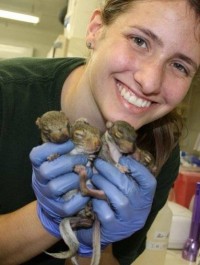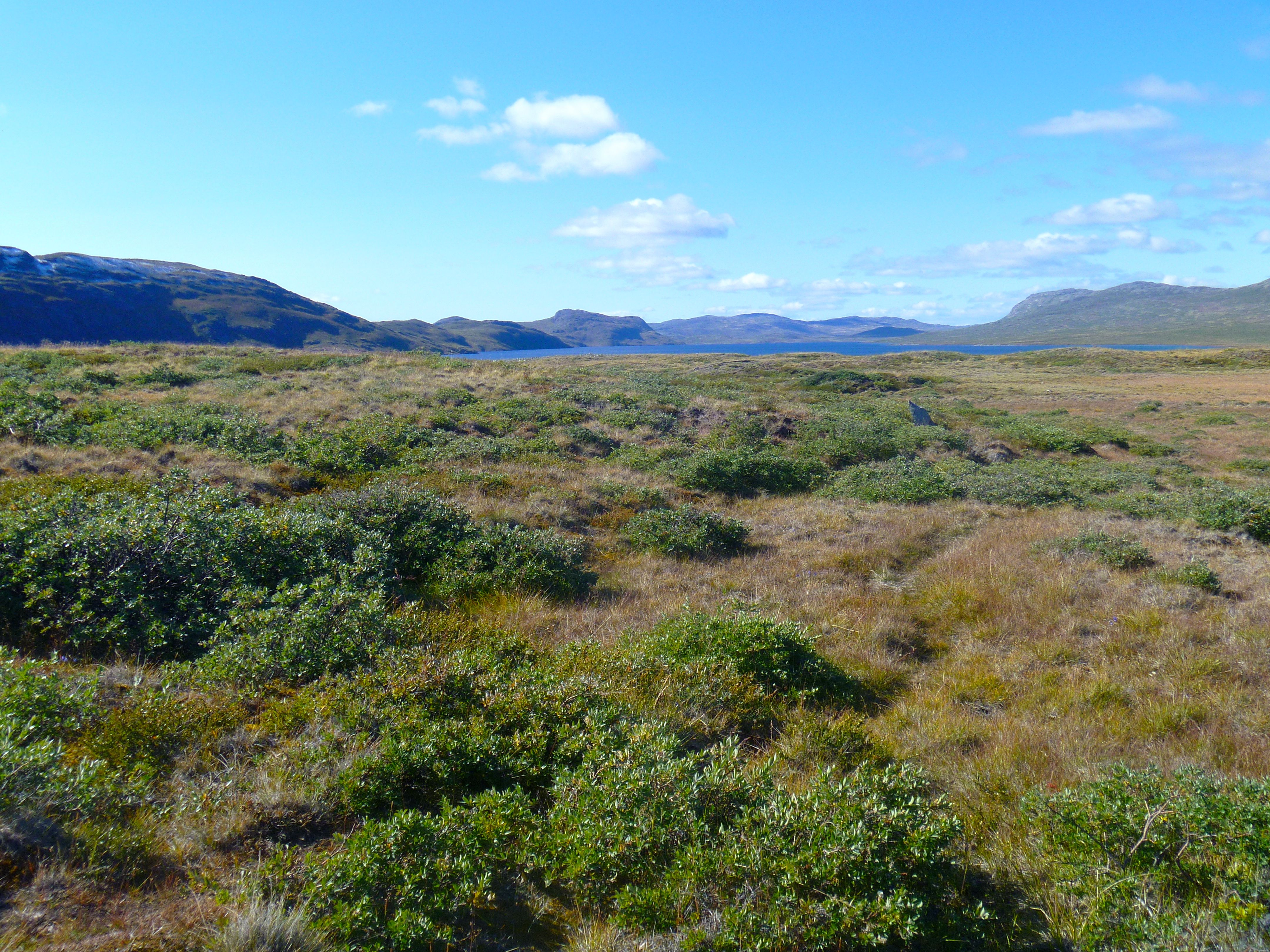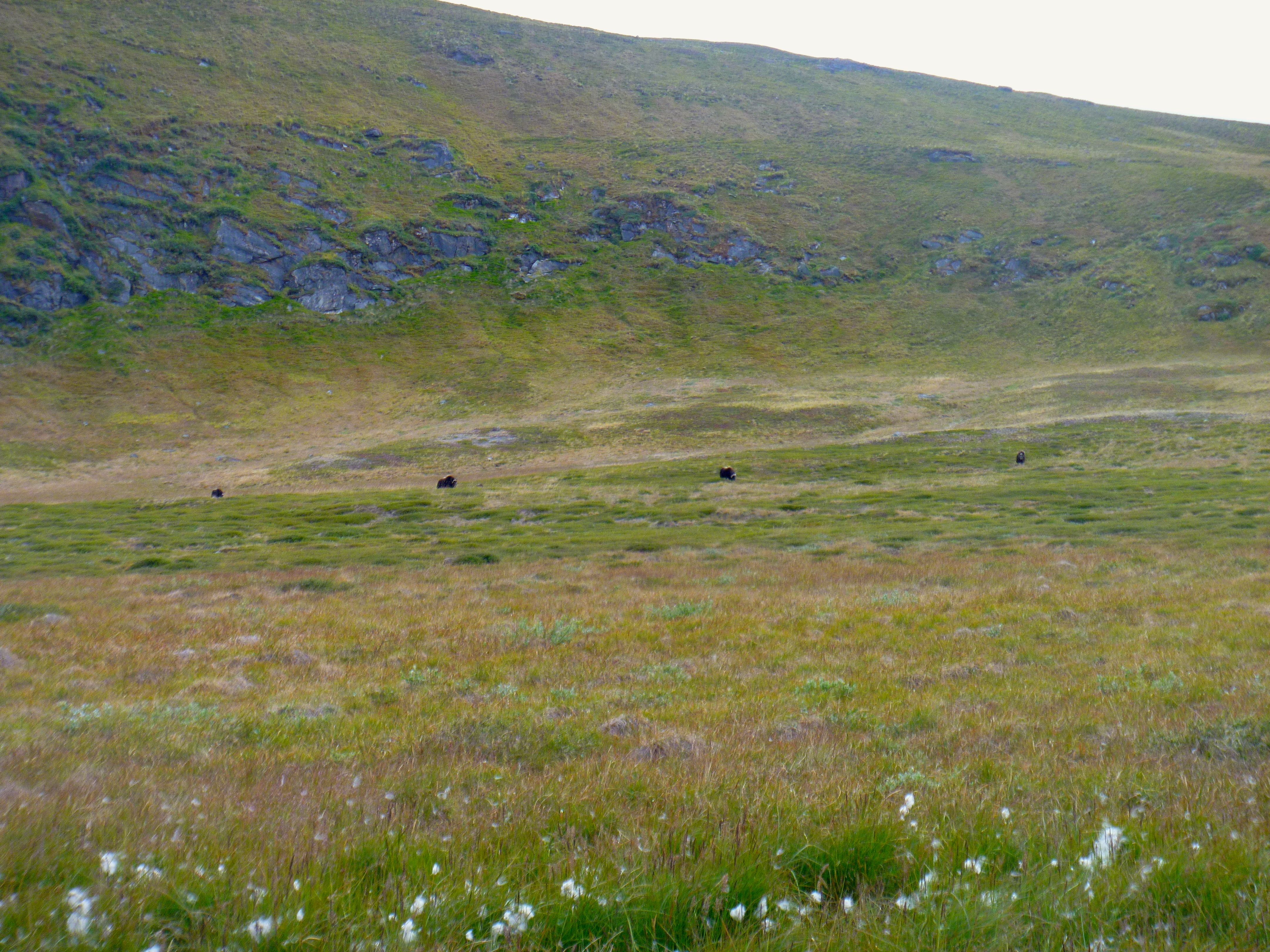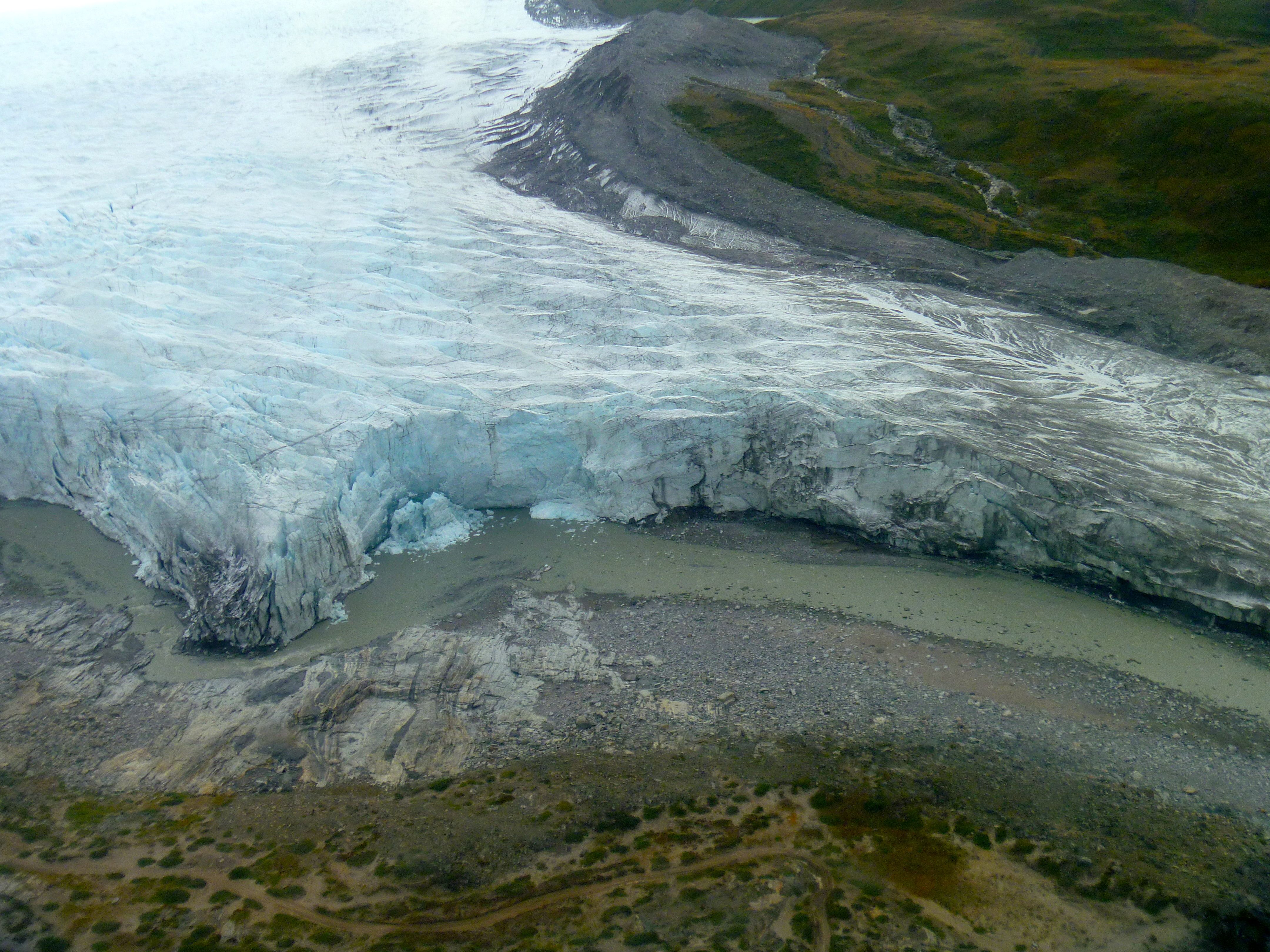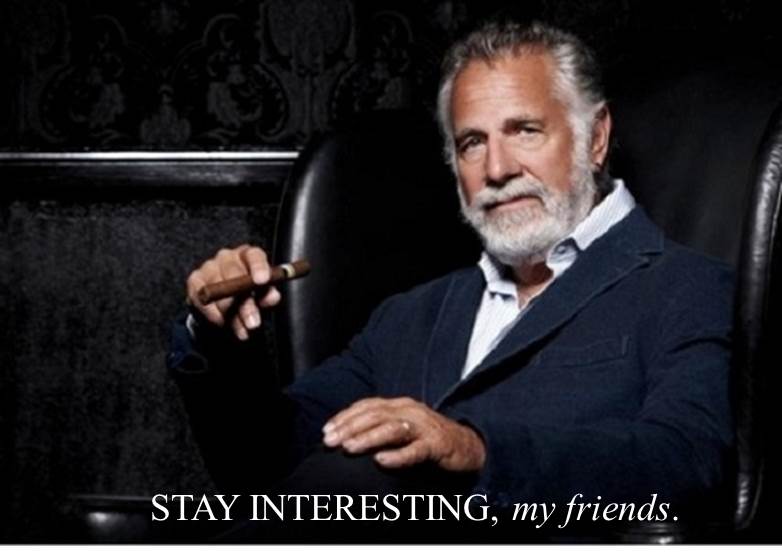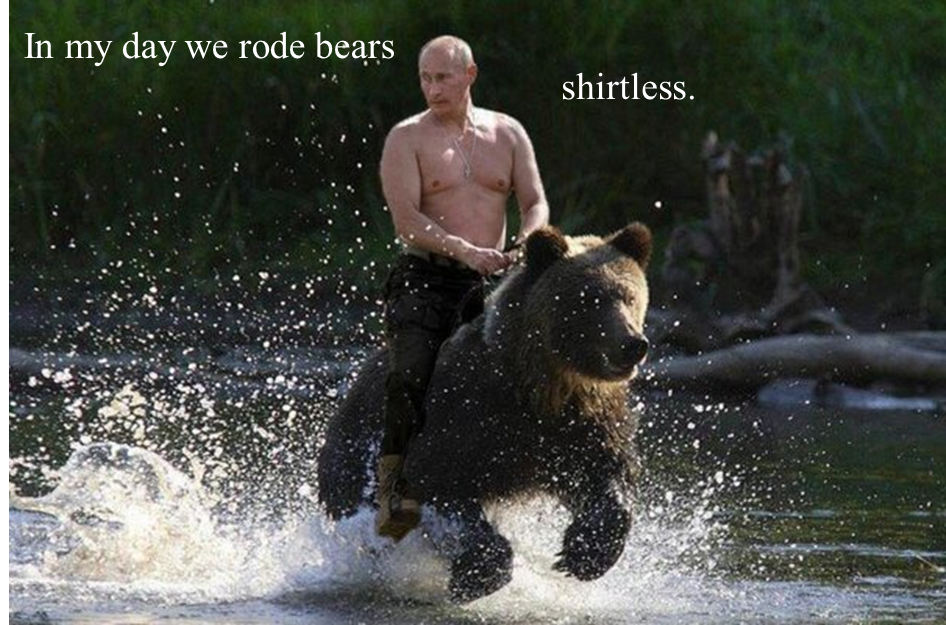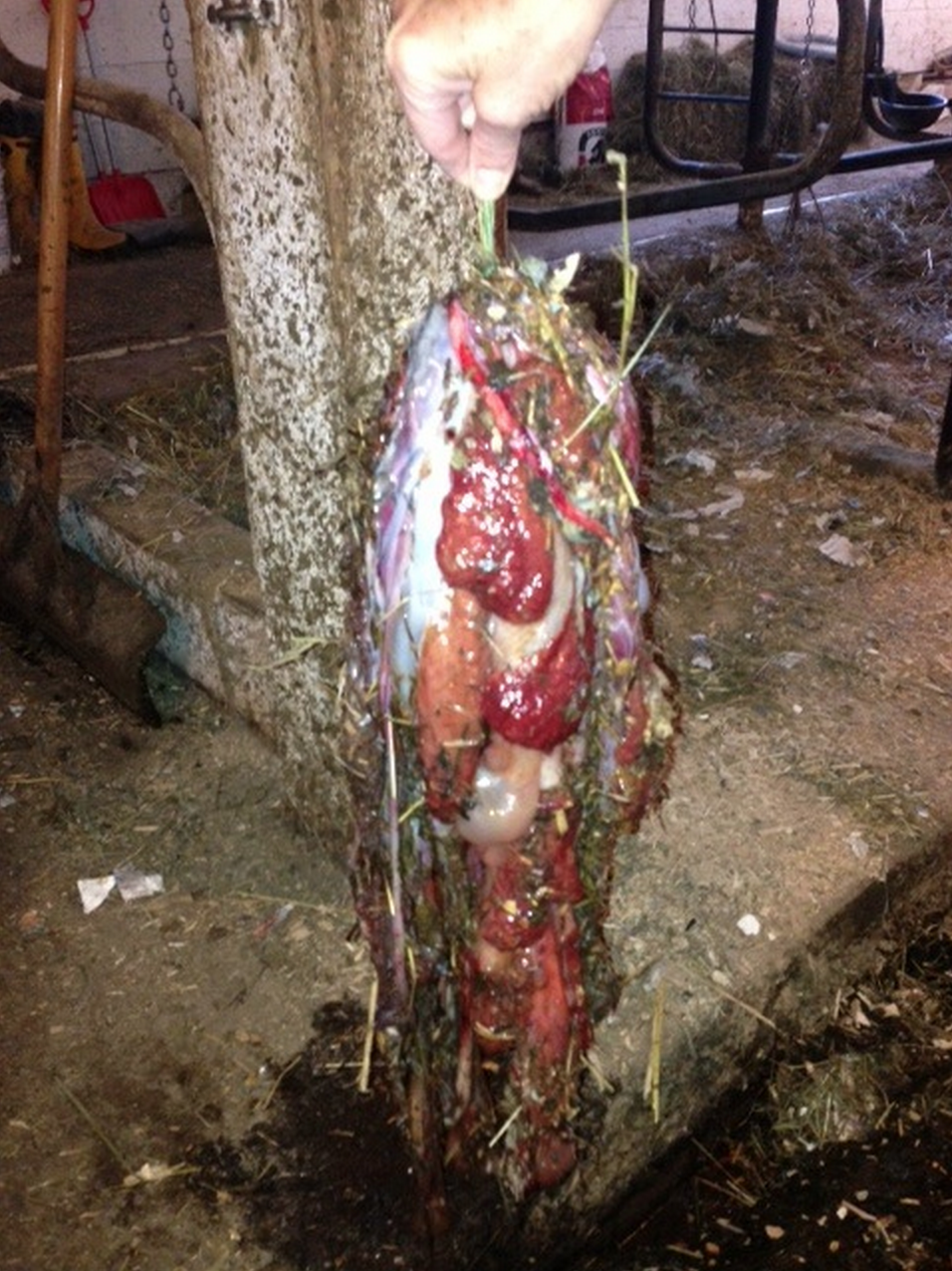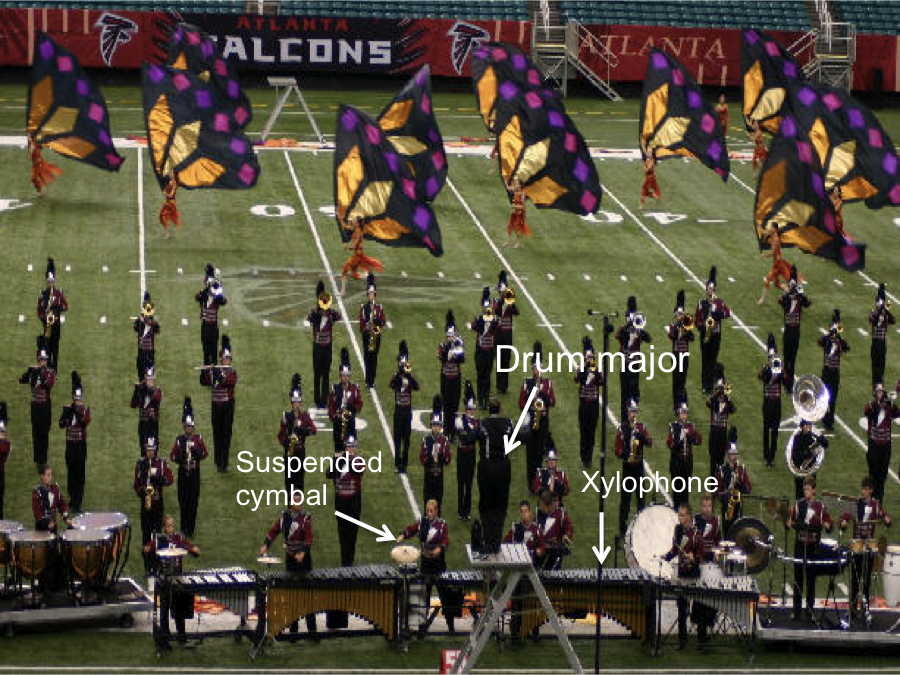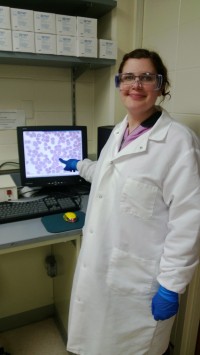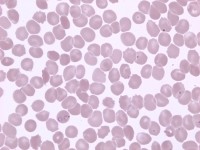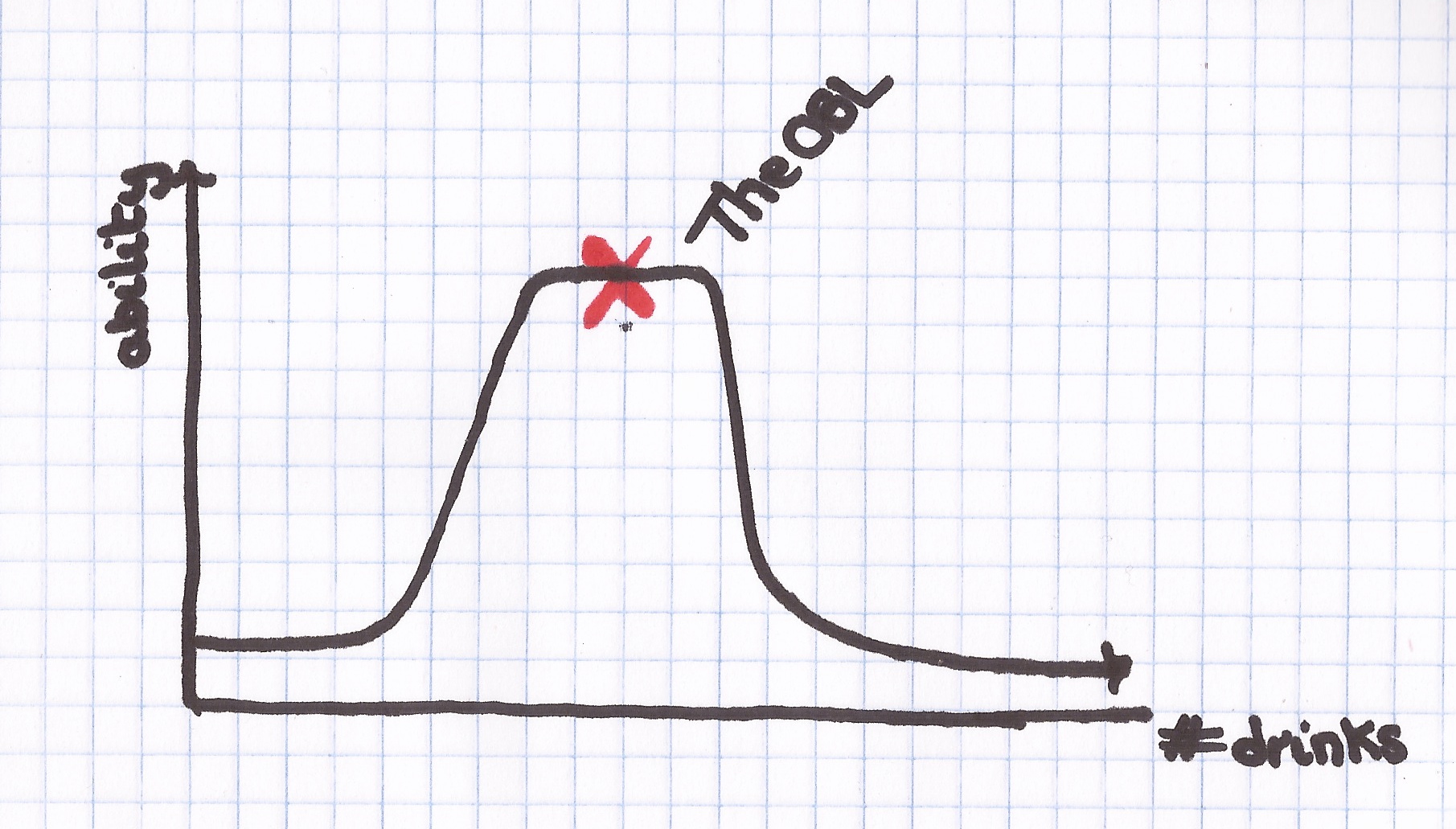I have had a case of chronic hiccups for the past ~ten years. Like sneezing, hiccup patterns are somewhat understudied. In my case and in most, hiccup occurrences appear to be random, sometimes coming at inopportune times, and sometimes associated with soda drinking, certain medical conditions or nerves. With half of my current lifetime having been interrupted by periodic diaphragm spasms, I have an interest, almost a hobby, in trying experimental treatments. Drinking water in various ways (upside down, through paper towels, without breathing for long periods of time) and taking magnesium supplements have all been unsuccessful. Some people advocate hypnosis, others suggest eating spoonfuls of plain sugar. By googling information on hiccups one thing that becomes ever more apparent is the plethora of bogus-ness available on the internet. I am fairly certain that eating raw sugar, getting “scared silly”, tickled or distracted, drinking less beer or swallowing antacids are not going to help (My doubts might be based on having attempted a majority of these).
My interest in a hiccup cure has become sidelined by my interest in how the internet changes our approach to getting medical “answers” and has led to the spread of misinformation. What were once considered “old wives tales” become easier to access via internet and appear with somewhat more validity when backed by reputable internet sources. The Mayo Clinic’s webpage cites a potential cause of hiccups as being “sudden excitement.” Perhaps I am chronically “suddenly excited,” but what I think is more likely is that we have become victims of our persistent desire to explain things. This results in explaining things even when the explanation is inaccurate or lacks scientific evidence. The internet’s superficial and sometimes false claims about hiccup origins is a minor example, but on a grander scale the internet is largely making it more common for the spread of ideas that are not always backed by sound research. It is difficult to accept that we don’t know everything, that some things still defy explanations and that not all answers can be given by Sir Google. It is amusing to create an explanation for things that may not have one, but until we find the correct answer we should be open about admitting the truth: we don’t know. Maybe someday we will know the answer* to why humans hiccup. Until then, I’m happy hiccuping without explanation.
*On a side- and positive- note, the evolutionary origin of hiccups is a subject of research and is being studied by Dr. William Whitelaw at the University of Calgary. He has suggested that hiccups may be an evolutionary remnant of our descent from a common ancestor with amphibians. Frog ribbits and human hiccups do sound vaguely similar.

